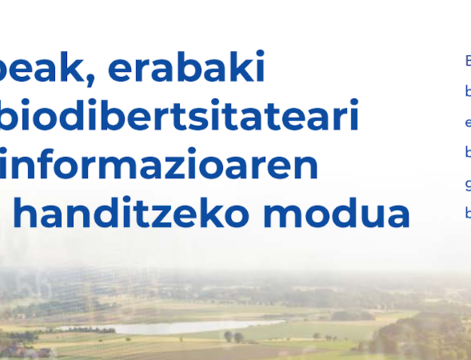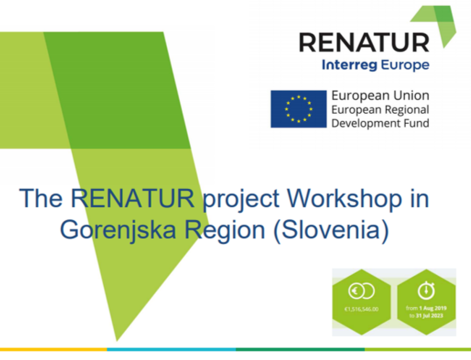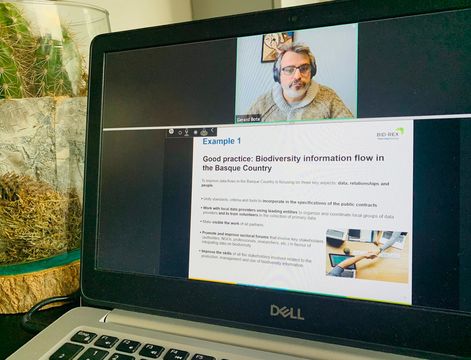What does your department do?
As part of activities related to the protection of biodiversity, we have developed the Regional Ecological Network (REM) Marche, a tool for the analysis, the interpretation and the management of the regional environment, divided into homogeneous units. The network is a useful instrument to preserve biodiversity and promote interventions also aimed at improving the landscape quality.
What is special about your local environment/biodiversity?
Marche region is located in the middle of the Italian peninsula along the Adriatic coast. The coastal area is 173 kilometres long and is relatively flat and straight, except for the hilly area of Monte San Bartolo in the North, and the eastern slopes of Monte Conero. The hilly area covers 70% of the region and is interrupted by wide gullies with numerous, short rivers. The parallel mountain chains contain deep river gorges. This comb structure geographically characterises the whole region. Marche region has several park and reserve areas related to Natura 2000 sites, that offer a unique wild scenery.
Why did you get involved with BID-REX?
We're participating in the project ensure a mutual learning approach, to share problems and find common solutions. The results of BID-REX will be useful for implementing REM at a local scale. The project will also be able to provide indications to improve the management of agricultural areas according to habitats and species of natural interest.
What have you taken from your involvement in BID-REX so far?
At the interregional thematic workshops we can learn from and check with the partners the modalities of biodiversity data collection and ways of transferring knowledge to policy makers to improve development policies through European funds.
At local meetings organised every semester we have met stakeholders to share good practices on the transposition of biodiversity regulation in local policy and planning. Environmental values have been shared, creating a regional network useful as a tool to improve landscape management. In this context we are selecting five pilot areas for the implementation of the final Action Plan.
What have been the key milestones/findings so far?
The office has prepared guidelines to implement the local level with particular reference to river and coastal environments and urban settlements. We have chosen areas for work with municipalities, provinces and parks in the design of the ecological network at the local scale. The goal is that the planning tools are in time conform to the REM.
What do you hope BID-REX will help your region achieve?
The project must favour the application of the provisions of the regional law that established the REM, in at least five pilot areas of the Region. To make the REM material available to stakeholders we will use the ICT to be implemented within the project.











